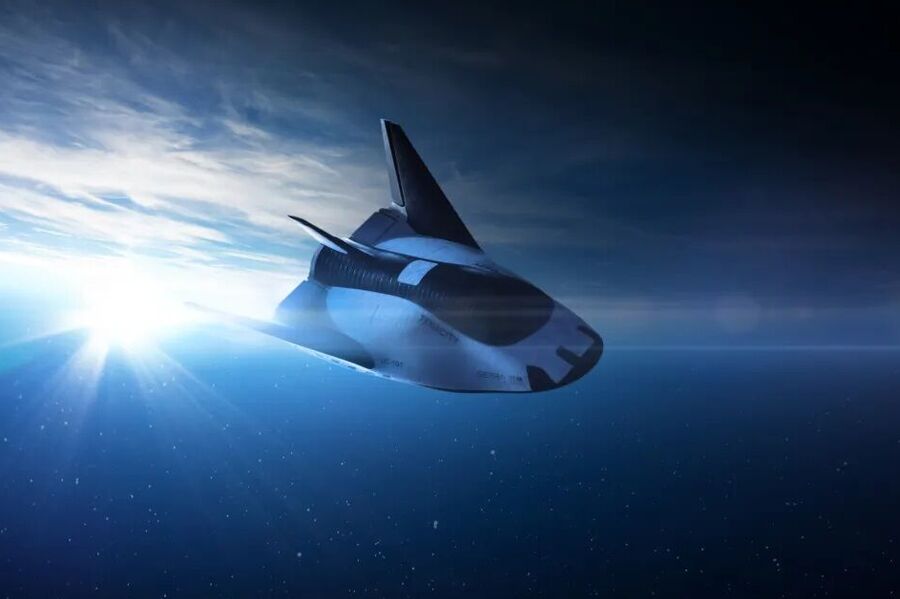Sierra Space’s Dream Chaser to Launch from Kennedy Space Center
Sierra Space’s Dream Chaser to Make Historic Inaugural Launch from Kennedy Space Center
Cape Canaveral, FL — A new chapter in commercial spaceflight is set to begin on Florida’s Space Coast as Sierra Space prepares for the inaugural launch of its Dream Chaser® spaceplane, Tenacity®, from NASA’s Kennedy Space Center.
Poised to become the only commercial runway-capable spacecraft in operation, Dream Chaser represents a major leap forward in reusable, versatile space transportation. The upcoming mission marks the first of at least seven uncrewed cargo flights to the International Space Station (ISS) under NASA’s Commercial Resupply Services 2 (CRS-2) contract.
Launching inside a 5-meter payload fairing aboard a compatible rocket, Dream Chaser will deliver more than 7,800 pounds of critical supplies—including food, water, and scientific experiments—to astronauts aboard the ISS. Following its mission, the winged spaceplane will gently land on a conventional runway with a low 1.5g reentry, enabling the safe return of sensitive cargo.
“This is more than a launch—it’s the dawn of a new era in space logistics and global access to low-Earth orbit,” said Sierra Space officials. “Dream Chaser’s unique ability to land on commercial runways around the world offers game-changing flexibility for both NASA and international partners.”
Tenacity, the first in the DC-100 model line, is roughly 30 feet long and boasts a pressurized volume of 33 cubic meters when combined with its cargo module. Its fully reusable design allows for fast turnaround between missions, dramatically lowering the cost of space access. Built for versatility, it can support a wide range of missions from cargo delivery to crew transport in future configurations.
With its combination of shuttle-like capabilities, modern innovation, and runway return functionality, Dream Chaser is poised to redefine how nations and industries access space.
The inaugural mission from Kennedy Space Center will not only mark a technological milestone but also reinforce Florida’s position as a global leader in the next generation of commercial space operations.
